The Mekong River – one of the world’s most biodiverse rivers, after the Amazon and the Congo – is home to some 1,148 recognised fish species, with millions of people relying on its waters for their livelihoods. But environmentalists say the river faces a myriad of threats, including dams, sand mining, poorly managed fisheries, habitat loss and the introduction of invasive species.
In a report called “Forgotten Fishes of the Mekong,” published on March 4, conservationists said that about 19 percent of the 1,148 or more fish species in the Mekong River are at risk of extinction. They also said that the number could be higher because there is still too little information about 38 percent of the species to assess their status, according to Reuters .
Among the species facing extinction, 18 are listed as "critically endangered" by the International Union for Conservation of Nature (IUCN), including two of the world's largest catfish, the world's largest carp, and the giant freshwater stingray.
"Some of the largest and rarest fish on earth are found in the Mekong," Reuters quoted fish biologist Zeb Hogan, head of Wonders of the Mekong, one of the groups involved in compiling the report.
The report also said that disappearing fish could exacerbate deforestation in the region as millions of people who previously relied on the river were forced to farm. In addition, declining fish stocks in the Mekong River – which accounts for more than 15% of the world’s inland fish catch and generates more than $11 billion annually – could compromise the food security of at least 40 million people in the lower Mekong region.
According to the report compiled by the World Wildlife Fund (WWF) and 25 global conservation groups, threats to fish in the Mekong include habitat loss, conversion of wetlands to agriculture and aquaculture, rampant sand mining, the introduction of invasive species, worsening climate change, and the presence of hydropower dams that divide the mainstream and its tributaries.
“The biggest threat today, and one that continues to grow, is hydropower development,” Mr. Hogan commented.
Scientists say dams have altered the flow of the world's third most biodiverse river, altering water quality and blocking fish migration.
“The alarming decline in fish populations in the Mekong River is an urgent wake-up call for action,” said Lan Mercado, Asia-Pacific Regional Director of the World Wildlife Fund (WWF).
We must act now to reverse this disastrous trend because the Mekong communities and countries cannot afford to lose them.”
“It is clear that we are risking a new biodiversity crisis for the Mekong River basin. But it is not too late,” said Herman Wanningen, executive director of the International Fish Migration Organization.
In its recommendations, the report calls on Mekong countries to commit to the Freshwater Challenge and to protect and restore river ecosystems.
Increasing the river's natural flow, improving water quality, protecting important habitats and species, and removing outdated river barriers are among the six recommended pillars to help fix the Mekong.
Minh Hoa (reported by Thanh Nien and Women of Ho Chi Minh City)
Source



![[Photo] Closing of the 11th Conference of the 13th Central Committee of the Communist Party of Vietnam](https://vstatic.vietnam.vn/vietnam/resource/IMAGE/2025/4/12/114b57fe6e9b4814a5ddfacf6dfe5b7f)

![[Photo] Overcoming all difficulties, speeding up construction progress of Hoa Binh Hydropower Plant Expansion Project](https://vstatic.vietnam.vn/vietnam/resource/IMAGE/2025/4/12/bff04b551e98484c84d74c8faa3526e0)


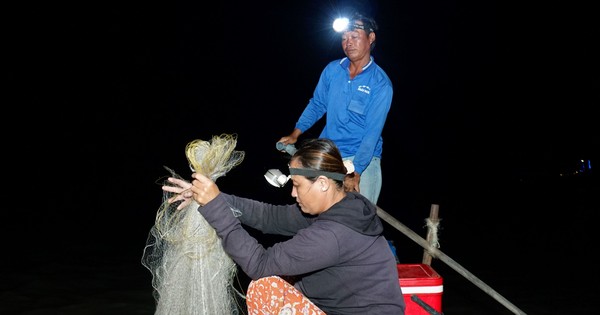

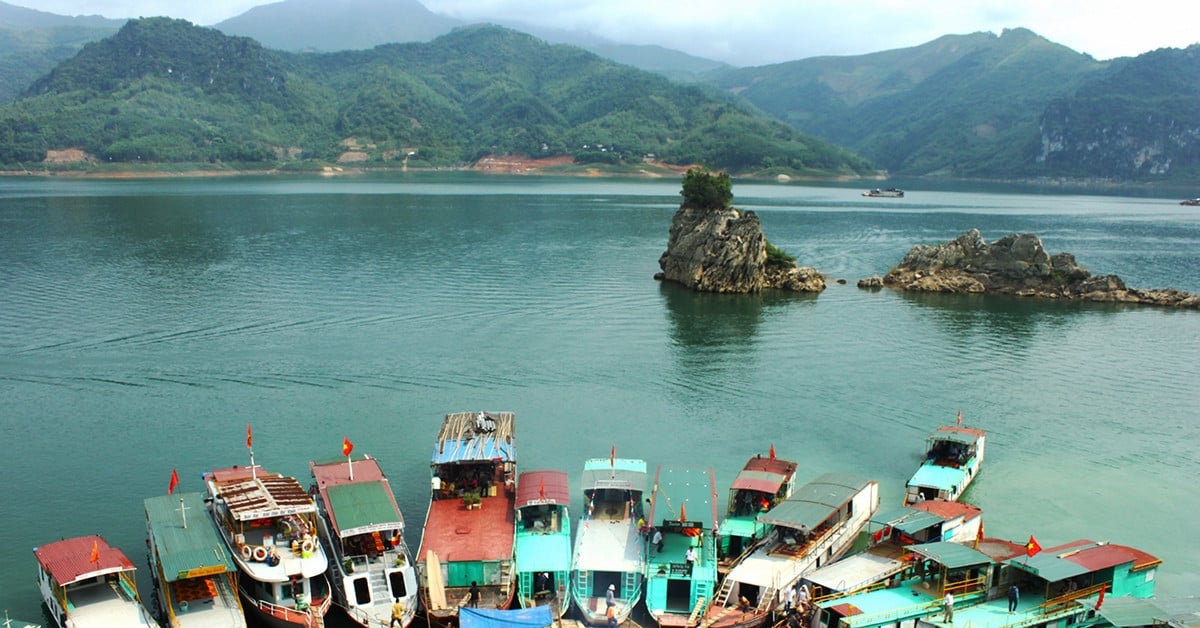



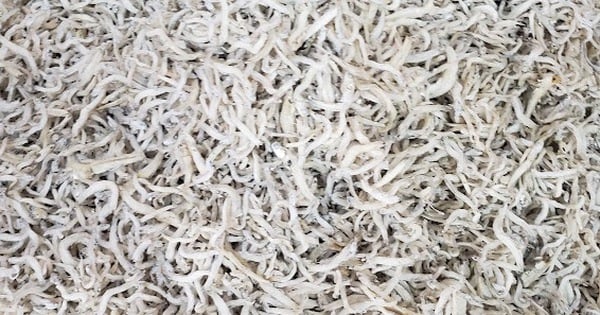

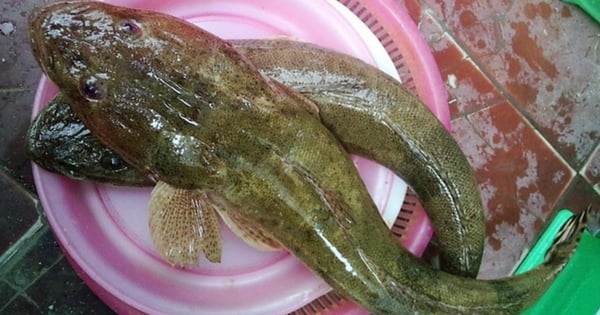
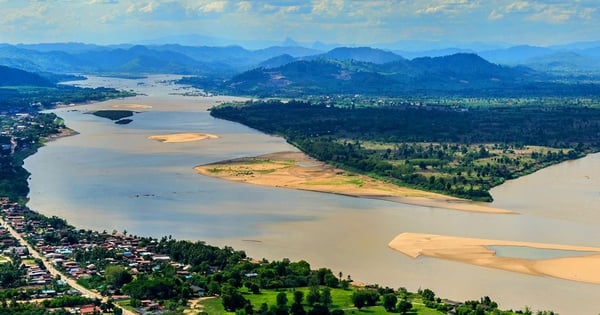





























































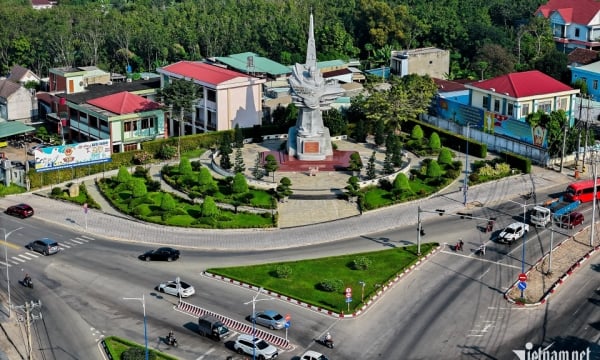


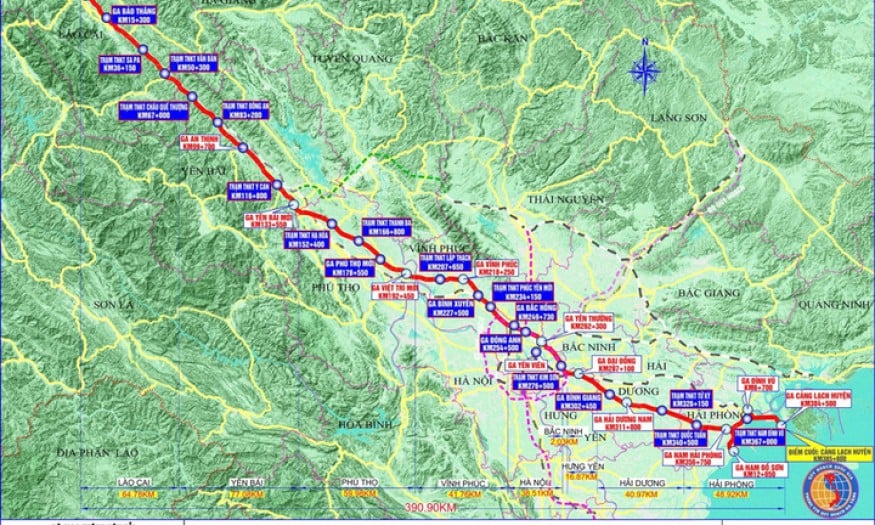














Comment (0)